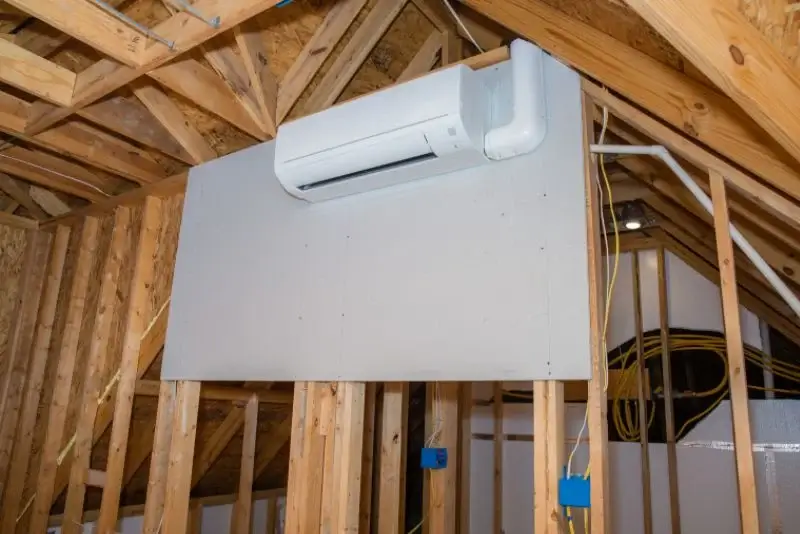Mini split systems are well-known for their efficiency and adaptability, making them an attractive option for home comfort. However, the issue arises: Can a tiny split condenser be installed in the attic to remain discreet? While it may appear to be a convenient alternative, this location is not suggested for various reasons.
What Are Mini Split Systems?
source: attainablehome.com
Mini split systems, also known as ductless mini splits, have revolutionized how we approach home comfort. Unlike traditional forced-air systems that rely on ducts to distribute conditioned air, mini splits take a more localized approach. These systems consist of two main units working in tandem to create a comfortable environment
Indoor unit
Like an AC, sucks in warm air, cools it down using refrigerant, and blows cool air back into the room.
Outdoor unit
Acts like an exhaust, takes the heat from the refrigerant, and releases it outside.
How Efficient Are Mini Split Systems?
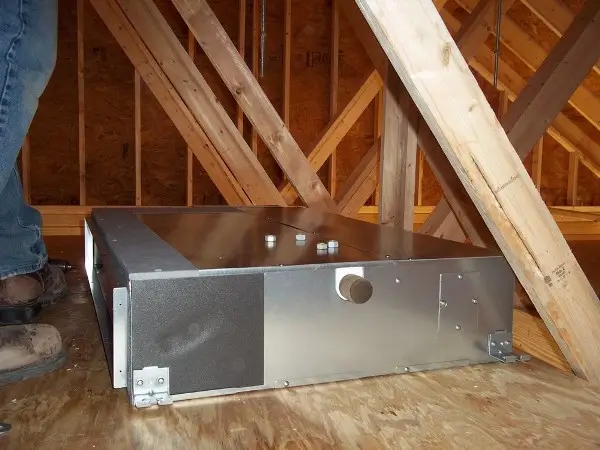
source: lgsquaredinc.com
In terms of efficiency, mini splits are more beneficial than conventional forced-air systems. Numerous studies back up this assertion. For example, a 2015 study conducted in the United States by the National Renewable Energy Laboratory discovered that mini splits can outperform central air conditioning systems in terms of SEER ratings. For households, this means less energy use and less cooling expenses.
They Will Give You Targeted Cooling
Mini split systems, including the innovative mini split on the roof, offer targeted cooling for specific zones or rooms where they are installed. Regular AC cools your whole house, even unused rooms, wasting energy and money. Mini-splits cool only the rooms you need, saving you both.
Save You From Duct Losses
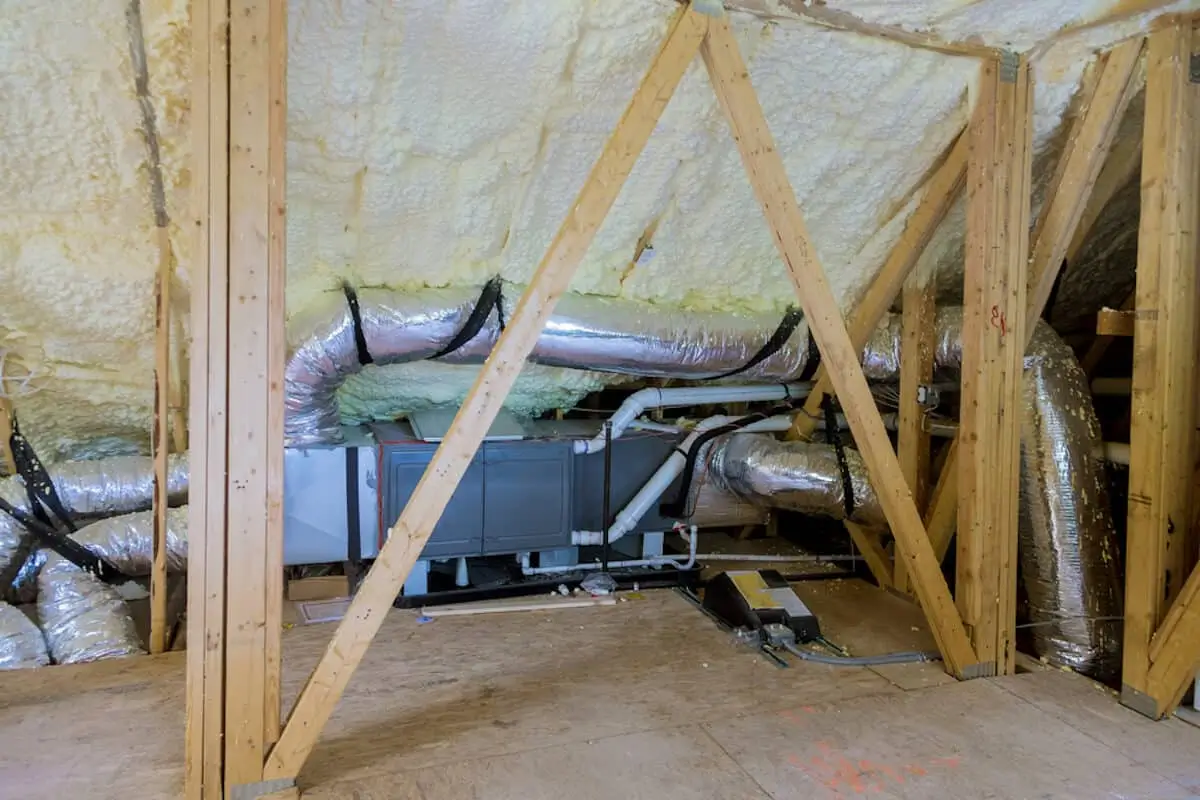
source: aircondlounge.com
Traditional forced-air systems rely on ducts to deliver cool air throughout your home. Unfortunately, ducts can leak, wasting up to 30% of the cooled air. Mini split systems eliminate ductwork entirely, so there’s no energy loss due to leaky ducts.
Cons of Mini Split Condenser Placement in Attics
An attic is not a good place for a mini split condenser unit. If you put it in the attic, it gets too hot and works poorly. Attics have poor airflow, so the unit can’t cool down properly. While some might consider placing the mini split on interior wall as an alternative, this also presents challenges.
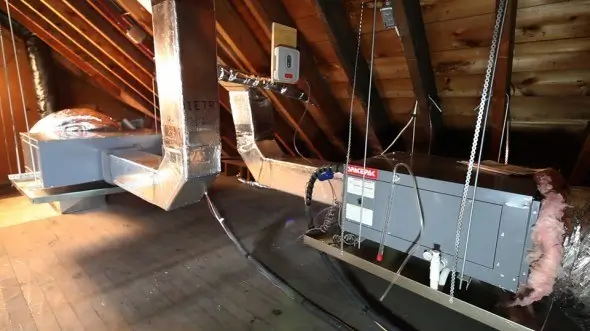
source: aannemerdenhaag.org
For optimal performance and lifespan of your mini split system, choosing an exterior wall or a dedicated platform is the best course of action. Attic spaces pose several challenges when you place ducted mini split in attic.
Extreme Temperatures
Can you run mini split lines in the attic? While it might seem like a convenient option, especially when considering running the refrigerant lines, extreme temperatures are a major concern. Attics are notorious for reaching scorching temperatures, especially during summer. These high temperatures can significantly exceed the operating range specified by the manufacturer for your mini split system.
For example, the Senville LETO mini split condenser is designed to operate between 5°F and 122°F. Attic temperatures can easily surpass this range, causing the condenser to malfunction or shut down entirely.
Poor Ventilation

source: rogueengineer.com
Attics are usually closed with little air moving. This still air is like a heavy blanket around the condenser, making it tough to let out the heat. So, even if it could handle the attic heat at first, the condenser would need better ventilation to work well.
Potential Consequences of mini split in attic
Attics often lack proper ventilation. This can cause the condenser to struggle to release the heat extracted from your home, leading to reduced efficiency and potential overheating.
Attics are tempting for a mini split condenser placement, but you have to think about it. Extreme heat and poor ventilation there can significantly reduce efficiency, shorten lifespan, and even pose safety risks. Can mini split condensers be installed in an attic? For optimal performance and safety, choose an exterior wall or dedicated platform. If you choose to install your mini split condenser in the attic despite these drawbacks, you may experience several negative consequences
Reduced Efficiency
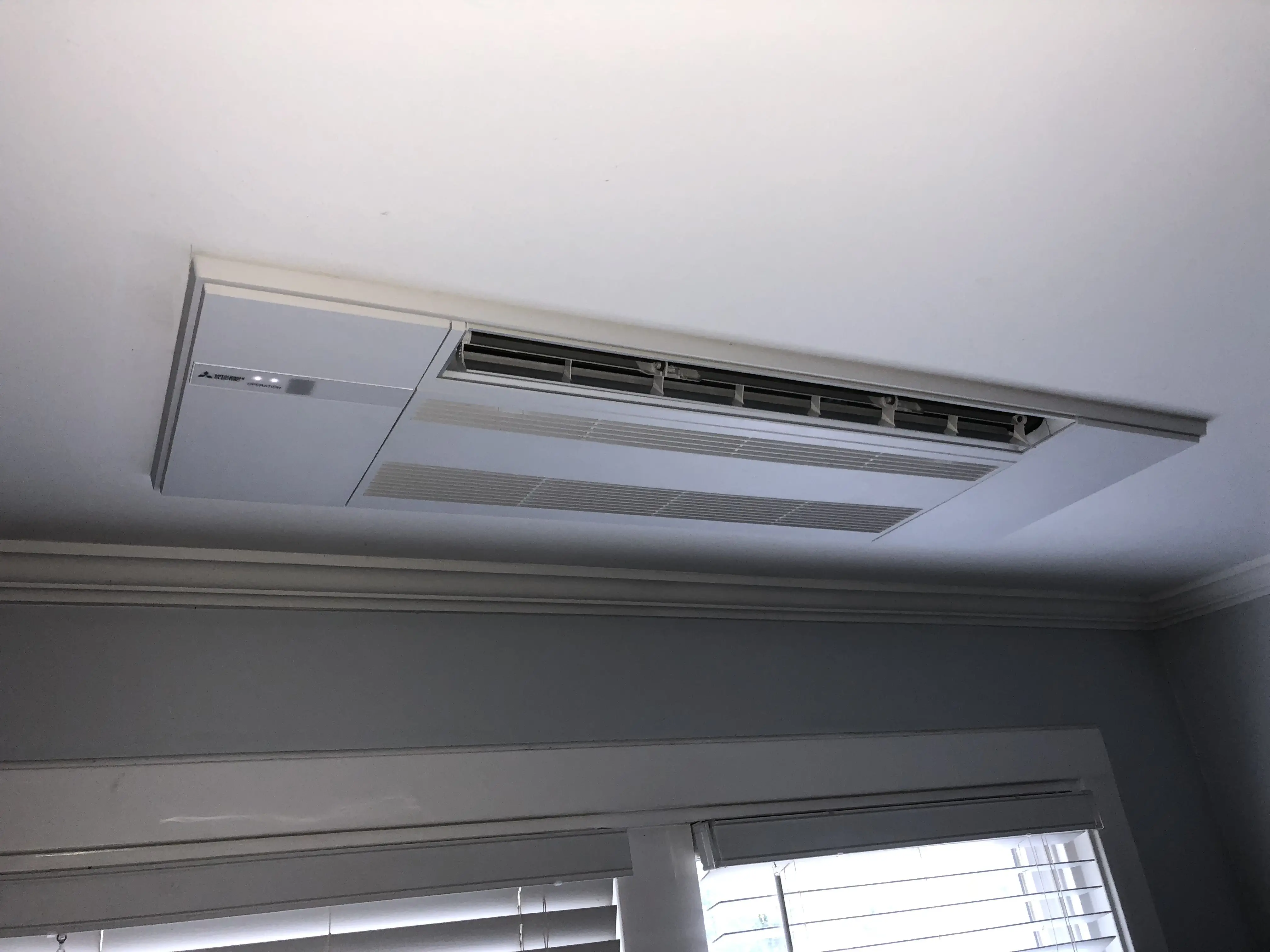
source: mas8a7k.blogspot.com
The high temperatures and poor airflow in an attic can significantly reduce the efficiency of your mini split system. This means it will have to work harder to maintain the desired temperature in your home, resulting in higher energy bills.
RELATED: Is it Possible to Install a Mini Split AC for Garage?
Premature System Failure
The constant strain of operating in extreme temperatures can shorten the life of your condenser. You may find yourself needing to replace the unit sooner than expected.
Safety Concerns
Overheated condensers pose a potential safety hazard. In extreme cases, they could overheat to the point of ignition.
Mini Split Condenser Placement Other Than Attic
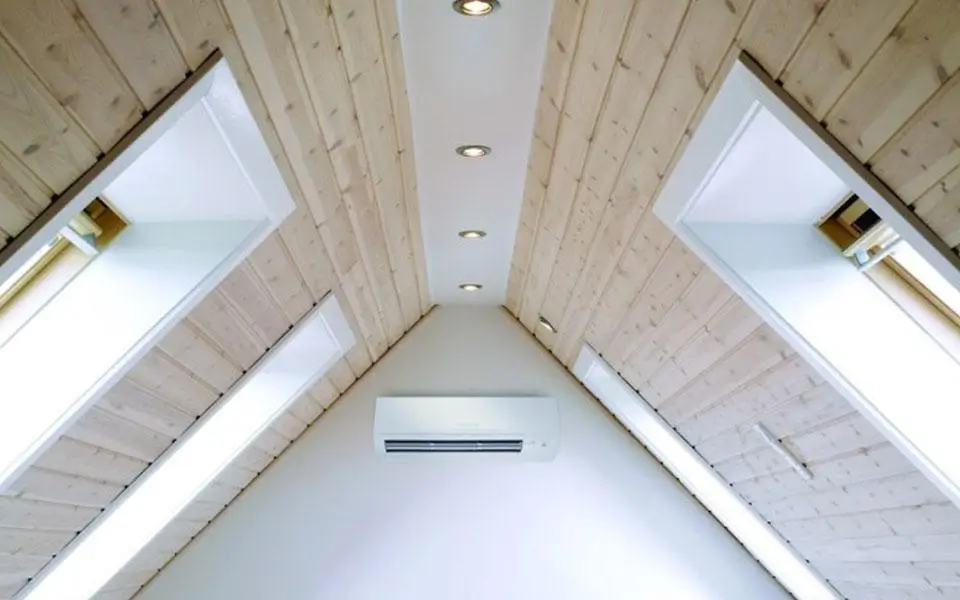
source: comfortup.com
There are several better options for placing your mini split condenser unit.
You Can Place It On Exterior Walls
The most common location for a mini split condenser is on the exterior wall of your home. This location provides good airflow and avoids the temperature extremes of an attic.
Create a dedicated platform
If there’s no suitable space on your exterior walls, you can explore installing a dedicated platform for the condenser unit. This platform should be located in a well-ventilated area away from direct sunlight.
When deciding on the best location for your mini split condenser, it’s always recommended to consult with an HVAC professional. They can assess your specific situation and recommend the most suitable placement for optimal performance, efficiency, and safety.
FAQs
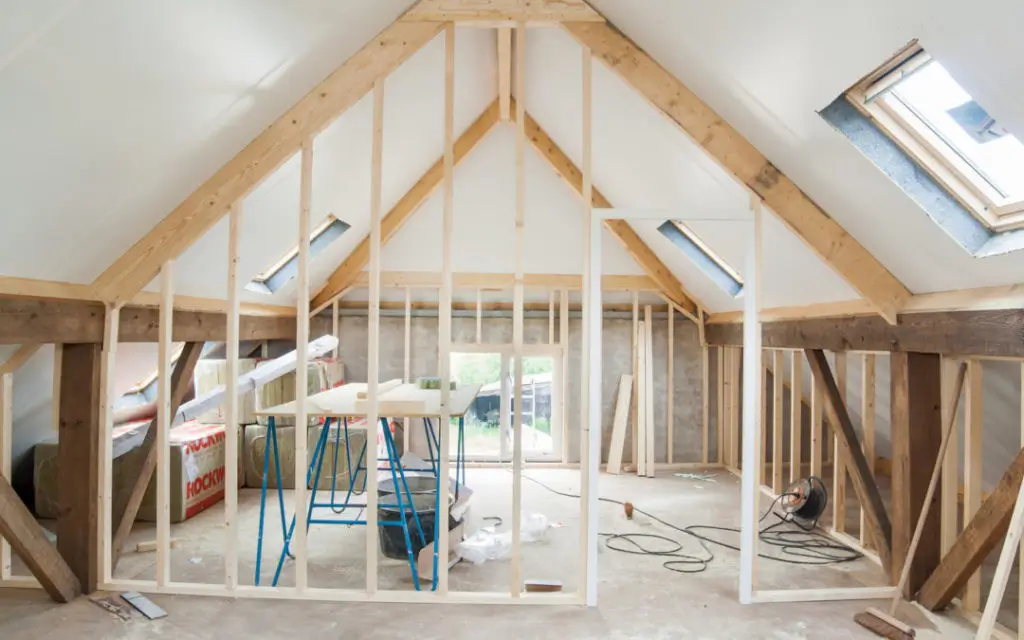
source: coastalhomeservicesinc.com
Do you need a Minisplit in your attic?
Attics are unsuitable for mini-split condensers. The blistering summer heat easily exceeds the unit’s operational temperature, resulting in problems or shutdowns. Even if they could withstand the heat, attics lack enough air circulation. The condenser requires fresh air to remove heat, which it cannot do well in a stagnant attic environment.
Can a Minisplit condenser be install in attic?
Mini split condensers are not intended for attics. These units extract heat from your home, and attics retain that heat. This makes the mini split work considerably harder, lowering its efficiency and possibly leading it to fail. Furthermore, small attic spaces make maintenance difficult, which is required for proper operation.
Conclusion
Now you might have an answer to the question. Can you install a mini split condenser in the attic. The answer is a simple no. While mini-split systems can cool your attic, installing the condenser unit there is strongly advised.

